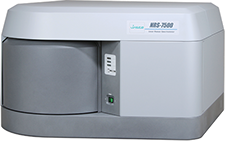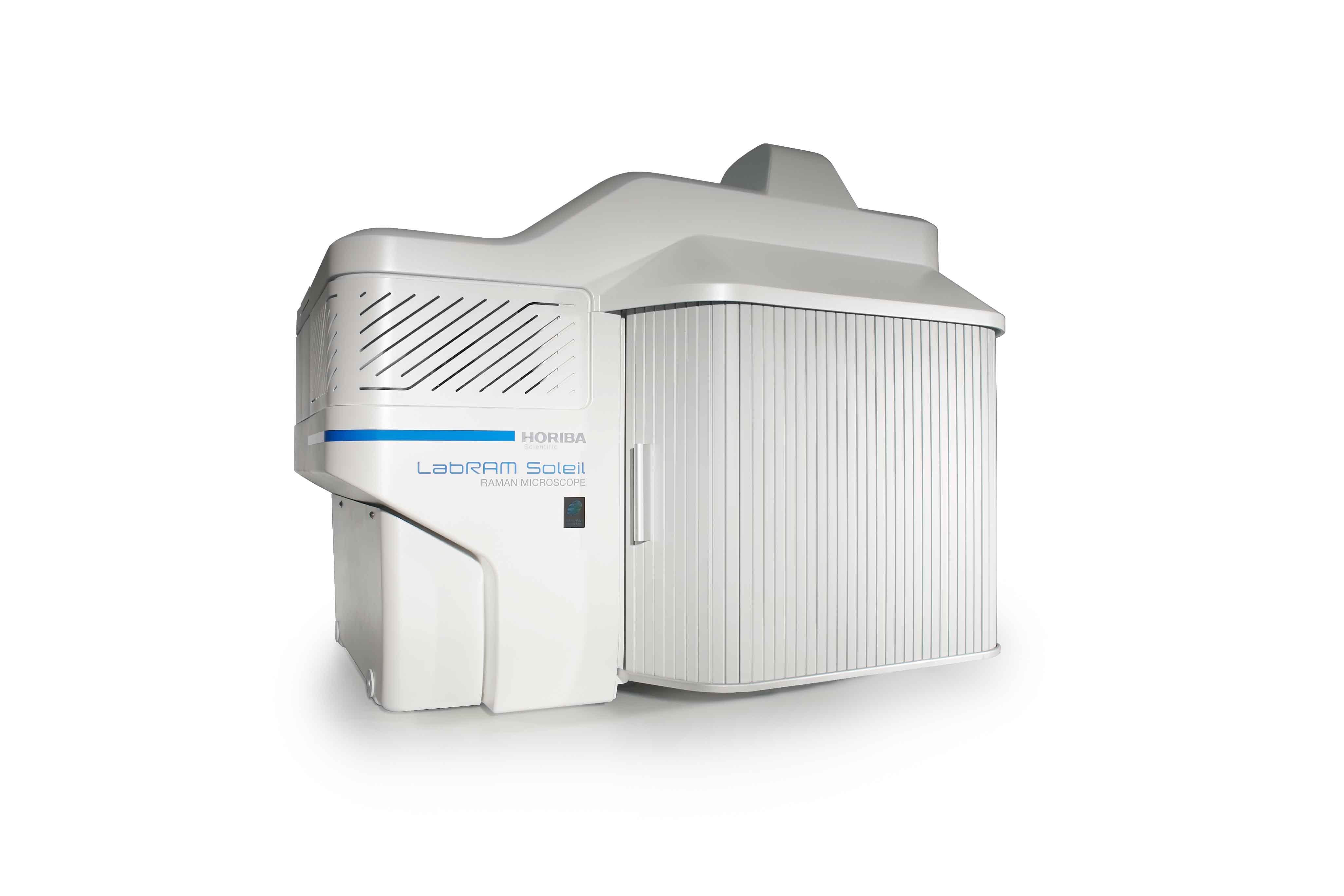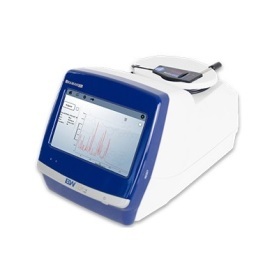
分析这些纳米结构的一种主要方法是拉曼显微光谱法
方案详情

碳纳米管是一种独特的纳米结构,具有显著的电子和机械性能。纳米管被认为是一维量子线的原型。随着其他有用性质的发现,特别是强度的发现,人们对潜在应用的兴趣越来越大,例如纳米尺寸的电子或更强的聚合物材料。理论表明,碳纳米管将具有多种安全性能。验证这一点的实验才刚刚开始。分析这些纳米结构的一种主要方法是拉曼显微光谱法。本应用中结论:拉曼是一种可靠、无损、样品制备少的纳米管的有效方法。Carbon Nanotube Analysis byRaman Spectroscopy Carbon nanotubes are unique nanostructures with remarkable electronic and mechanical properties.Nanotubes have been considered prototypes for a one-dimensional quantum wire. As other useful properties have been discovered, particularly strength, interest has grown in potential applications, such as, nanometer-sized electronics or stronger polymer materials. Theory suggests that carbon nanotubes will have a variety of useful properties.Experiments validating this is just beginning. One primary method for the analysis of these nanostructures is Raman Microspectroscopy. Figure 1. Raman spectra of granular nanotube sample. Introduction: Carbon n nanotubes are fullerene-type structures which consist of graphene cylinders closed at either end. A nanotube can be thought of as a hexagonal network of carbon atoms that has been rolled up to make a seamless cylinder. Nanometer across, the cylinder can be tens of microns long, with each end "capped" with hal f a fullerene molecule . Studies have predicted that nanotubes can be conduct i ng or i nsulat i ng depending on their structure,which leads to applications in electronics. They also suggest that nanotubes should be immensely strong, becoming "the ultimate carbon fibers ". Single-walled tubes have remarkable adsorptive and catalytic properties, and can be used as components of a new generation of fuel cells. This molecular nature is unprecedented for devices of this size.The challenge exists to find a method capable of finding these tiny particles and non-destructively analyze them for structural composition. Raman microspectroscopy is capable of doing that and more. Experimental: Nanotube coated glass slides and nanotube granules were synthesized by various laboratories and submi t ted for analysis. They were imaged using the 20x objective under the microscope and the Raman collected using the Ventuno Raman system. Several areas of each sample were evaluated. The i nstrument was equipped with a 532 nm diode laser; 2 gratings and an a i r cooled CCD detector.The i ntegration times for spectral collection were 20seconds per acquisition. The confocal aperture used (50mm),gives an approximate 1mm (x,y) and 2mm (z ) sample volume.The laser power at the sample was 10 mW or less. Figure 2. Raman spectra of carbon nanotubes on glass s l ides. Results and Discussion: Figures 1-3 show various nanotube spectra. The spectra are being used with the permission of the researchers. The spectra indicate that the purity and structure of the nanotubes can be determined using the raman spectra. The spectra in Figures 1 and 3 were col l ected using both 532nm while Figure 2 was col l ected using 633nm excitation. Both excitation wavelengths appeared to be effective for analysis. Figure 3. Raman of nanotubes on glass showing the G/D region. The primary concern in the analysis of the nanotubes was burning of the samples under prolonged laser exposure. The switching of the wavelengths was one method used to help reduce this effect.Additionally a laser attenuator was added to reduce the power on the sample and allow for longer collection t imes.Many of the nanotube samples were thin layers on microscope slides did not exhibit signs of burning. The more impure nanotube samples seemed to suffer the most from absorption of the laser. Conclusions: Raman is an effective way to screen nanotubes that is reliable, non-destructive and requires little sample preparation.
确定

还剩1页未读,是否继续阅读?
佳士科商贸有限公司为您提供《碳纳米管的拉曼光谱分析》,该方案主要用于纳米材料中拉曼光谱检测,参考标准--,《碳纳米管的拉曼光谱分析》用到的仪器有JASCONRS5000/7000共聚焦激光拉曼光谱仪
推荐专场
相关方案
更多
该厂商其他方案
更多















